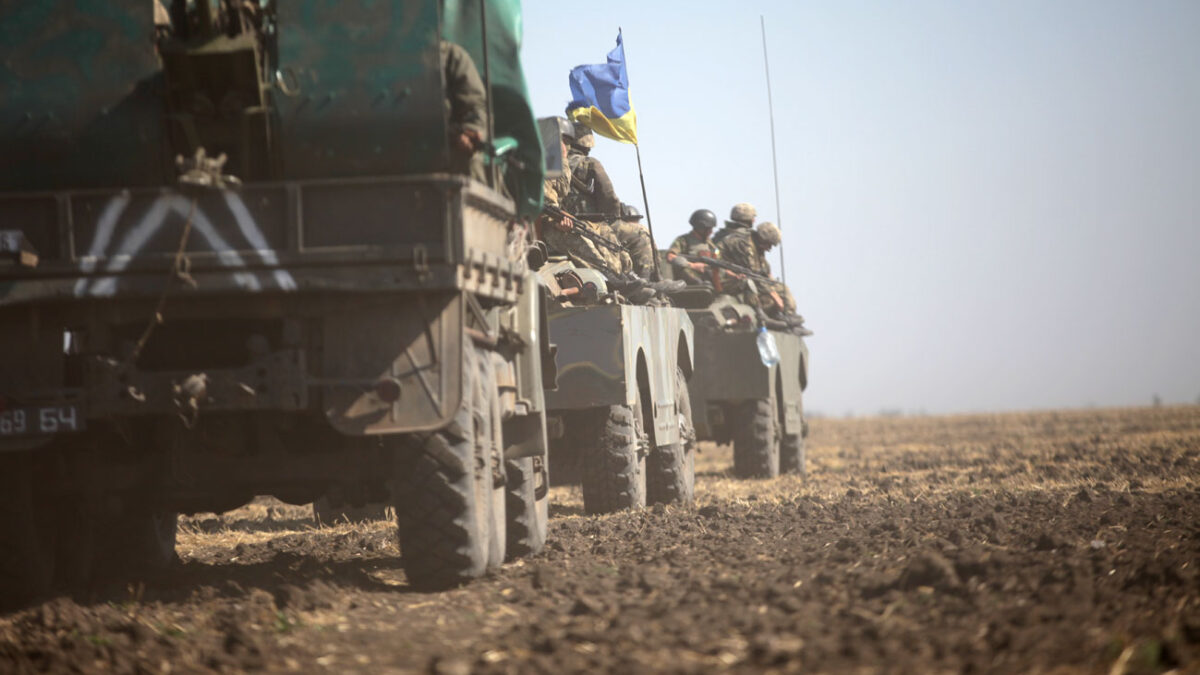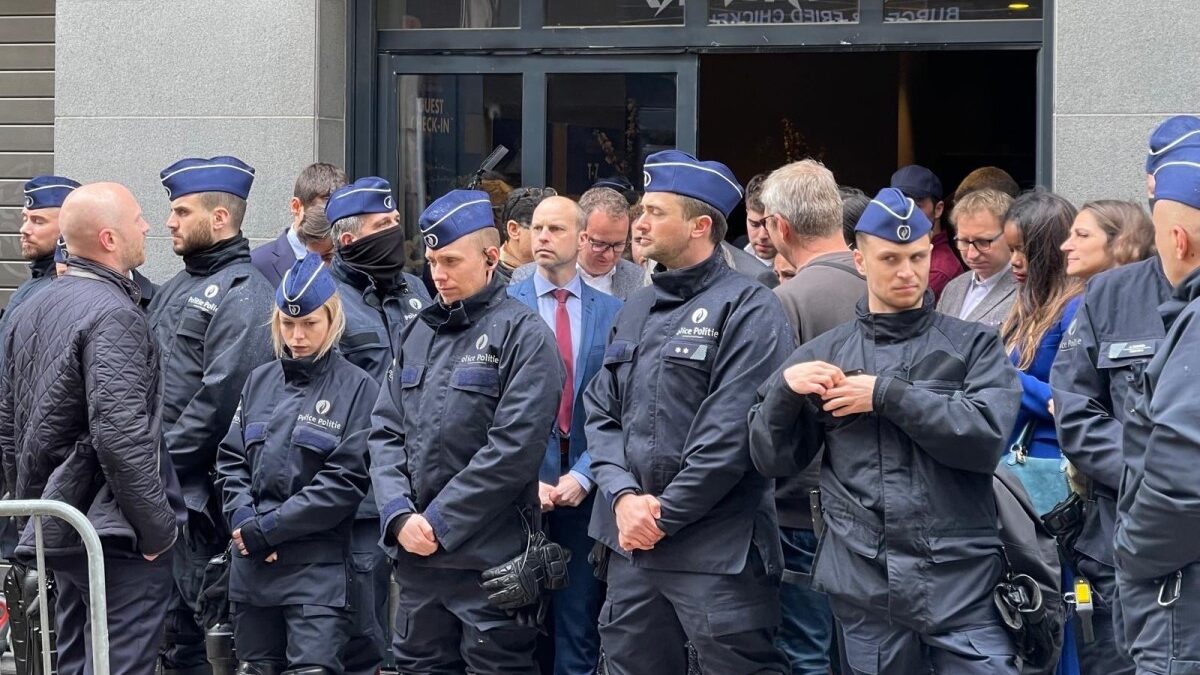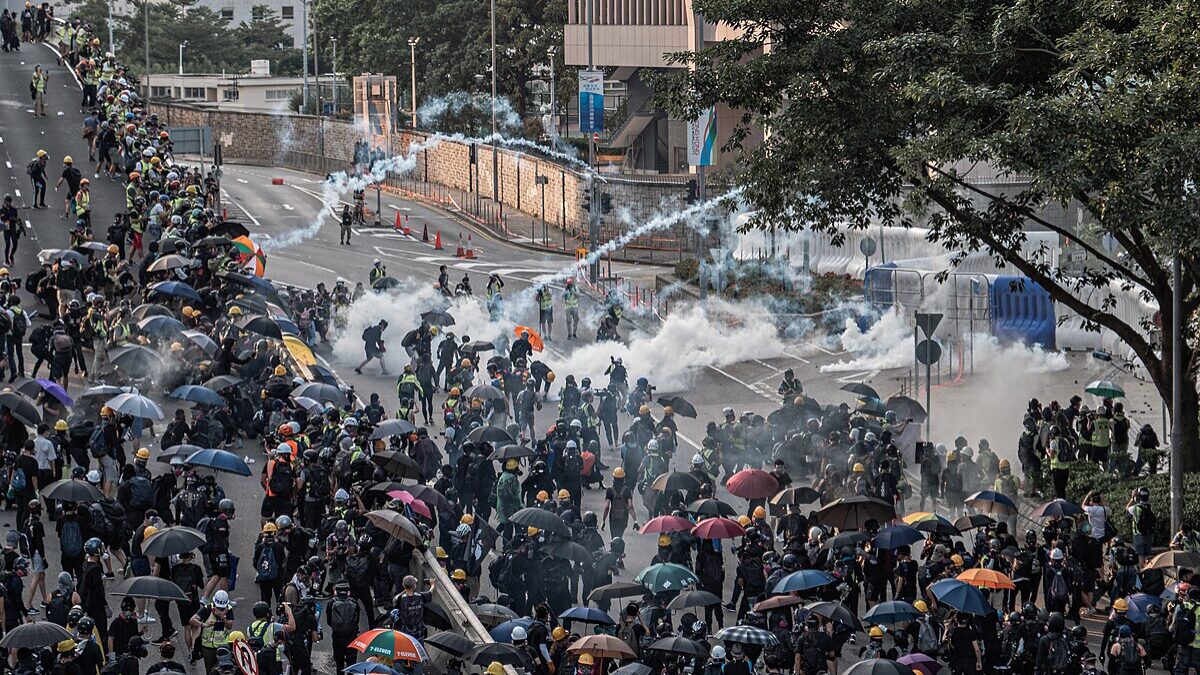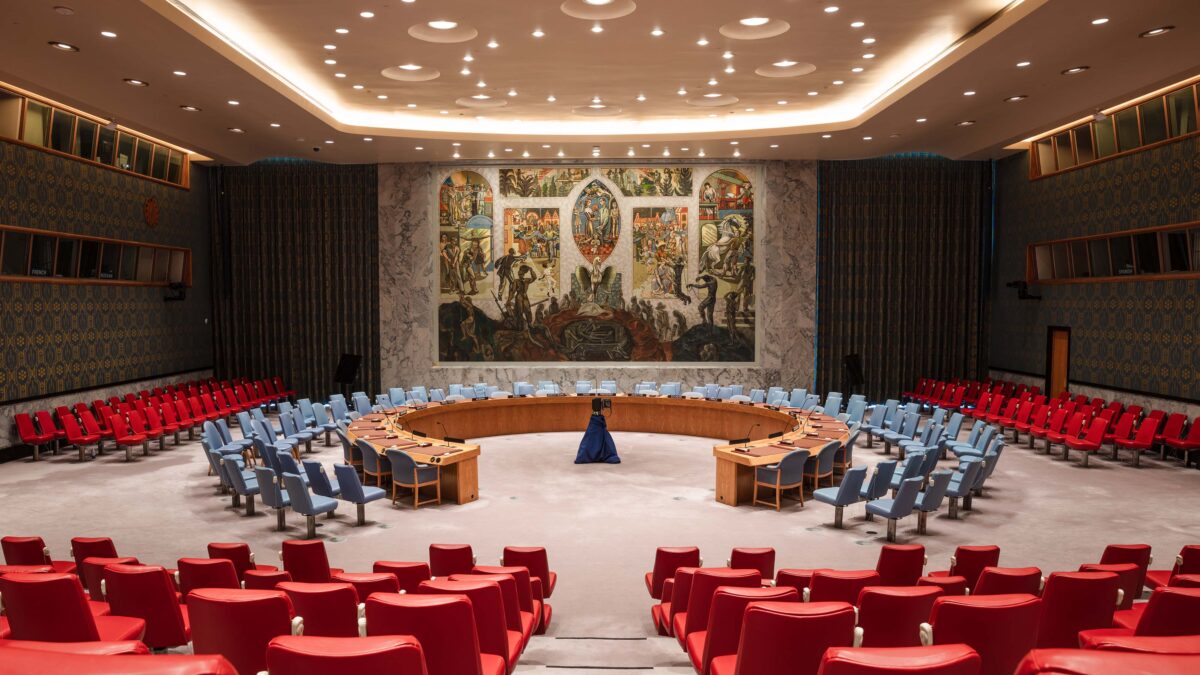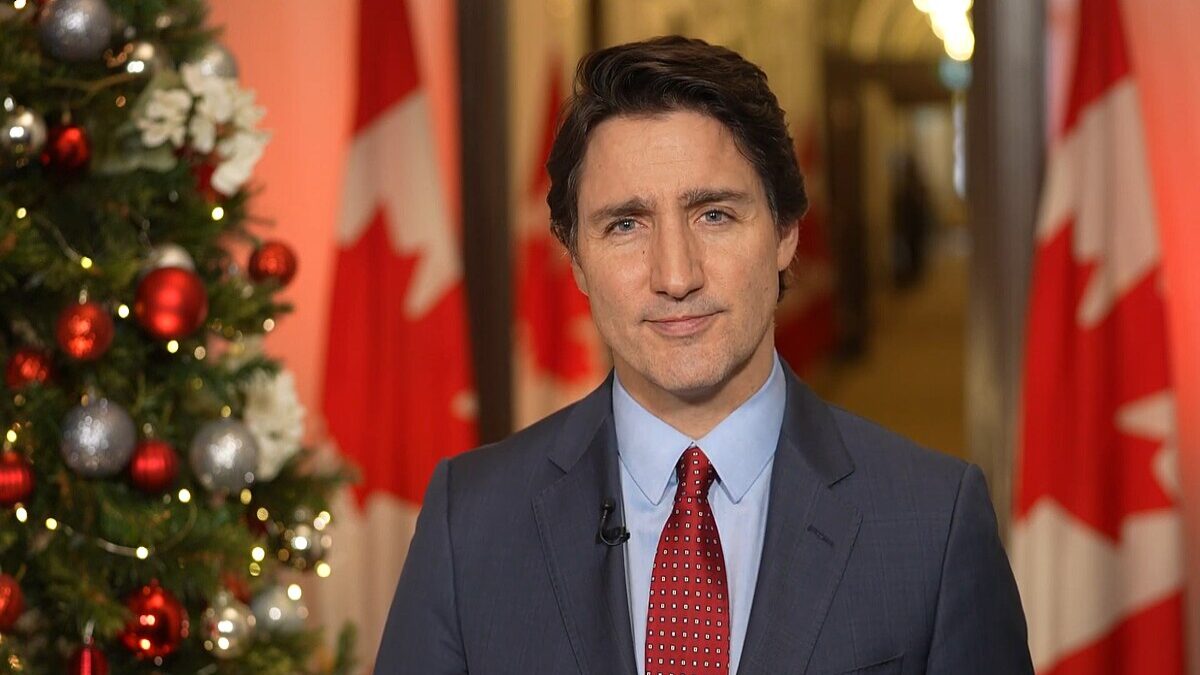After months of preliminaries, the long-awaited Ukrainian counteroffensive against Russian forces occupying Ukraine kicked off on June 8. Understanding what’s happening as both sides work to shape the information battlespace can be a challenge.
During my 24-year career as a U.S. Army intelligence officer, with most of that time serving in armored units, I constantly trained on Soviet doctrine. Here is a short guide to understanding the complex military operation unfolding in Ukraine.
Ukraine’s objective in its counteroffensive is to reclaim as much of its territory from Russia as possible — not only land seized in Russia’s 2022 invasion, but also lands taken in 2014 — the Donbas region to the east and even Crimea. But taking land won’t be the object of the counterattack per se, but rather destroying the Russian army in Ukraine.
Destroying the army and taking the land naturally follows. Focus on terrain, as the Russians did in trying to take Bakhmut, and you risk an intact enemy mounting his own counterattack.
Russia has had months to prepare a layered defense consisting of anti-tank ditches, minefields, and trenches. One way to think of these preparations is as a labor-saving investment in capital. Fewer soldiers need to cover a frontage and those soldiers will have a higher survival rate in the face of artillery bombardments, artillery being responsible for about 80 percent of the casualties on the modern battlefield.
But defenses don’t do anything unless they’re covered with observation and fires; both direct, rifle, machinegun, and anti-armor; and indirect, artillery, rocket, and air strikes. And, most importantly, in this case, defenses are static. Thus, if the Ukrainians breach Russia’s layered defense after days or weeks of hard fighting, they may be able to break out into Russia’s rear areas. At that point, things will happen very fast.
Defense is easier than offense, and this Ukrainian counteroffensive will likely run up against a far better-prepared Russian defense than their offensives of last fall. That said, the Ukrainians have had the benefit of two big advantages since then. First, the Ukrainians have received significant infusions of Western equipment, equipment that was specifically designed to meet, and defeat, Soviet-era equipment on the battlefield. Second, Ukraine has mobilized a much larger share of its population than has Russia, with a significant portion of Ukraine’s forces having now been trained in the Western way of war, not only on individual tanks, armored vehicles, and artillery and rocket systems but also as staff. The significance of this training is hard to understate.
As for the Russians, they are significantly disadvantaged by their tie to legacy Soviet doctrine. Other than adding a layer of hybrid warfare (the infamous “little green men” who led the invasion of Crimea and the Donbas in 2014, providing the Kremlin with a veneer of plausible deniability) — Russia still relies on shock, mass, and movement. The shock was to be administered with thousands of tons of artillery and rocket fire. Followed by a mass of armored and mechanized formations in three echelons — with rapid movement of those forces reinforcing success, bypassing points of resistance to be reduced later.
But Putin’s Russia lacks the numbers to employ shock and mass. Post-Soviet Russia saw the collapse of its military-industrial complex, with a once-massive war machine reduced to, in many cases, a sole sputtering factory slowly producing tanks or artillery rounds. Without shock and mass, maneuver is nearly impossible. That’s why Russia took more than 10 months to take Bakhmut, an insignificant town that 1980s Soviet doctrine would have seen taken, leveled, or bypassed in half a day.
By contrast, Ukraine, under Lt. Gen. Valerii Zaluzhnyi, the commander-in-chief of the Armed Forces, has consciously worked to retire or move aside officers of the old guard such as those trained to think as Red Army officers. In their place, largely Western-trained officers with considerable combat experience in the frozen conflict in the Donbas region are now planning and leading the Ukrainian effort. This is important because the Western way of war is different in significant respects, being more nimble and more characterized by rapid maneuvering deep into enemy territory preceded by “shaping operations” to prepare the battlefield.
One such shaping operation has been the raid by ethnic Russian soldiers in Russia’s Belgorod region near Kharkiv in the last two weeks of May. These small, lightly armed forces, named the Freedom of Russia Legion and the Russian Volunteer Corps, quickly overran poorly trained and ill-equipped Russian conscripts, spreading panic among the Russian border region. As a result, Russia pulled some regular forces out of Ukraine to face this developing threat along its long border with Ukraine.
A more tactical shaping operation played out in the first week of June when Ukraine began probing Russia’s defenses. When armies have been largely static for a time, soldiers settle into a routine. As a result, when the enemy conducts a small raid, it’s not uncommon for frontline soldiers, and the officers back at headquarters, to assume that the enemy offensive has started. This causes a reaction, such as the commitment of the mobile reserve to rush up and meet the threat.
During staff wargaming, we go through a process of “action, reaction, counteraction.” The operations staff would start with an action, such as a combined arms assault taking an objective, with my role as the intelligence officer to determine what the enemy’s reaction to that would be, such as counterattacking with an armor battalion in reserve. The counteraction would then be developed by the operations staff. For example, dropping artillery scatterable mines (FASCAM) in the path of the counterattack and then attacking the tanks with Apache helicopters.
Thus, as Ukrainian units start to breech Russian defenses, employing specialized mine-clearing equipment and other combat engineering assets, the Russians will react with a reserve force consisting of tanks and armored personnel carriers. If the Ukrainians have done their homework, this Russian unit will be taken under fire with artillery, with much of it hit while on the move to plug the hole in the defensive line and try to repel the Ukrainian attack.
While this process is unfolding — one akin to a knife fight in its speed and intensity — there will be plenty of reports, some amplified by Russian sources, of “destroyed” Western tanks. But many of these very robust tanks will have merely been damaged by Russian antitank mines or artillery. And because Ukraine is on the offensive, in most cases, these damaged vehicles will be recovered and towed back to safety where they may be repaired and returned to service.
As the offensive develops, look for the land bridge to Crimea to be cut by Ukrainian forces pushing south to the Sea of Azov. This would likely happen along with the destruction of the Kerch Bridge, a vital logistics link between Russia and Crimea. The counteroffensive may last until rains in the fall render the ground too muddy for mechanized operations, sometime by October.
Significant Ukrainian success may set the preconditions for a lasting peace with Russia, rather than a merely frozen conflict that could heat up at the Kremlin’s choosing.
